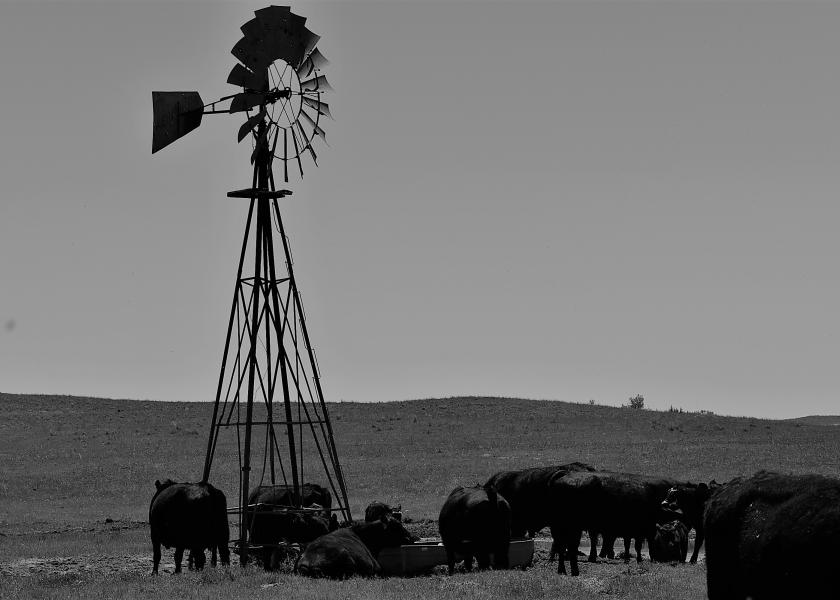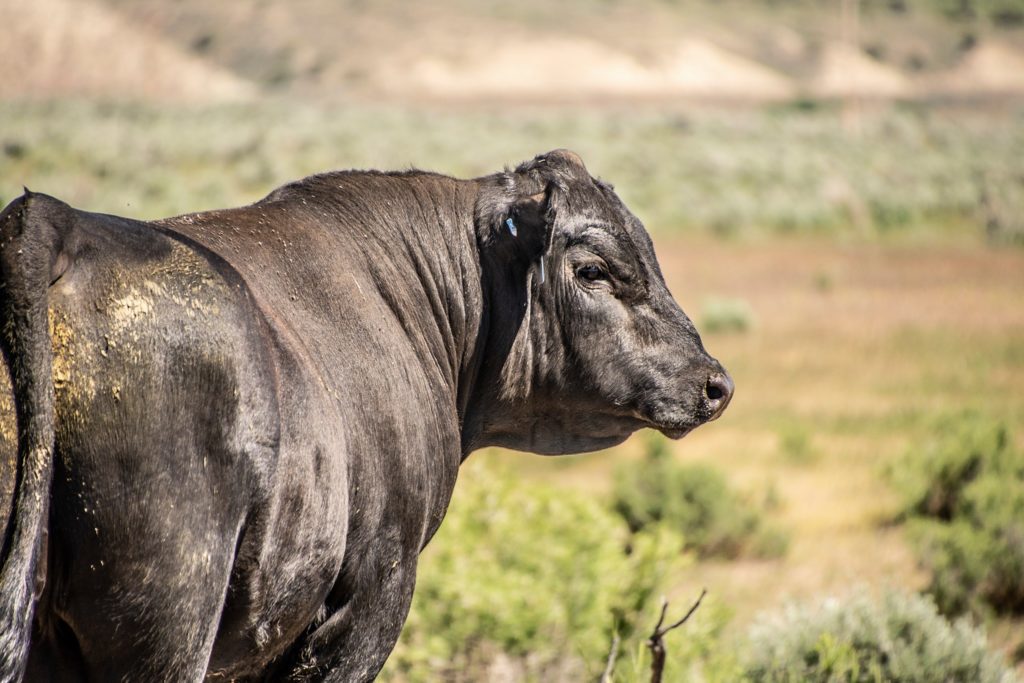While the relatively predictable 10-year cattle cycle has proved itself time and time again, Rabobank says the next cow herd expansion will face multiple headwinds that will ultimately slow herd expansion.
In a recent report, Rabobank’s Lance Zimmerman, senior analyst in animal protein, alongside RaboResearch, highlight factors that may affect the rate of herd expansion—elevated U.S. protein production overall, higher interest rates, increased feed costs and demographic factors—which will increase production and price risks for both cattle producers and beef processors and limit the responsiveness of market participants to cattle and beef price signals over the next several years.
Herd Liquidation Moves to Expansion
Due to more than four years of the U.S. herd liquidation, beef production will continue to decline in the next several years, the report notes, likely causing the cattle producing and processing sectors to proceed with caution.
“The business environment has changed since the previous cycle. As the saying goes, ‘Change is certain. Progress is not,’” Zimmerman says—likely shaping the U.S. beef industry to navigate a slower, more calculated transition.
U.S. cattle producers are at least two years away from turning toward an expansion mindset and away from recent cow liquidation trends, he notes, expecting the rebuilding to start in 2025 at the earliest.
While the 2022 annual culling rate reached 13.4%, a culling rate closer to 12% can be expected for 2023. A culling rate near 10% is needed to simply stabilize the U.S. beef cow herd.
Herd expansion also faces headwinds from the state of the beef heifer replacement population, as it will take time for the cow-calf producers to retain and develop breeding heifers for the next cycle.
Heifers accounted for over 39% of fed cattle slaughter in 2022—the highest since 2003—and heifers represented 39.7% of cattle on feed in late 2022—the highest since 2001. Additionally, according to USDA-reported feeder cattle and calf sales from January to June 2022, heifer feeder cattle and calves made up 40.7% of all sales, followed by 38.3% in the third quarter and 39.7% in the fourth quarter.
“The trend appears to be turning on heifer sales, but the cow-calf segment is not prepared to add breeding inventory just yet,” Zimmerman believes.
Cattle Slaughter and Beef Production
Compounded by slow herd expansion and following suit from the start of previous cattle cycles, competition for U.S. beef among restaurants, retailers and export partners will increase, the battle for market share among existing processors will increase and feedyards will struggle with capacity utilization, Zimmerman says.
“Significant reductions in cattle slaughter and beef production are coming as the industry waits for the shift,” he adds. “Recent herd contraction and the eventual transition to heifer retention mean it is plausible that U.S. cattle slaughter will decline between one and 1.5 million head per year for the next four to five years before increasing again. Annual beef production could decline four billion pounds over that time before moving higher once again.”
Additionally, cow-calf producers will be challenged to build a more economically viable herd as outside demands on production agriculture intensify, including more competition for protein consumers and feed resources.
Zimmerman notes that these headwinds could flatten the curve of any upward moves in beef and cattle prices, stifling industry optimism and slowing the start of the next herd expansion.
“All else being equal, tighter beef supplies lead to higher consumer prices, but that market fundamental will be challenged by a larger available supply of competing animal proteins as the next cattle cycle begins. Without a significant pullback in total protein supplies, expect cattle and beef price rallies to come under more pressure in the next cattle cycle,” Zimmerman explains.
Cheaper proteins will continue to a challenge for beef in the domestic market, as well as increased feed costs passed along to the consumer in the form of higher beef prices.
Additional Implications Slowing Expansion
Along with high feed costs, higher interest rates, competition for land resources, the uncertainty of generational transfer of the U.S. cow-calf operations, as well as non-agricultural pressures—including the future of California’s Proposition 12—with far-reaching implications for all of production agriculture, may influence the speed of herd building.
A longer transition into the next expansion may also invite new opportunities for countries that export beef to the U.S.
“Despite being the world’s largest producer of beef, the U.S. is also the second-largest global beef importer,” Zimmerman notes. “U.S. imports could push to new record highs in the next five years amid domestic production declines. Canada, Mexico, Australia and New Zealand beef producers have accessed the U.S. market through free trade agreements and relatively large tariff-rate quotas, while Brazil exhausted most of the 65,000 metric ton annual quota for other countries in March 2022. Tighter U.S. beef supplies and higher prices could make Brazilian beef imports more competitive going forward.”
Additionally, processors will face a shrinking supply of cattle, further intensifying the battle for market share.
Those who control the cattle supply generally find more profit opportunity—ultimately leading to herd expansion, Zimmerman says. However, the pressures being faced by all cattle producers run the risk of limiting opportunity more than in the most recent cattle cycle.
U.S. cattle numbers can recover in the next cycle, Zimmerman believes, but the supply chain should proceed with caution, as it will take time and cooperation to turn recent trends and improve the beef industry outlook.
Source / Photo Credit: By Paige Carlson January 31, 2023 Drovers








